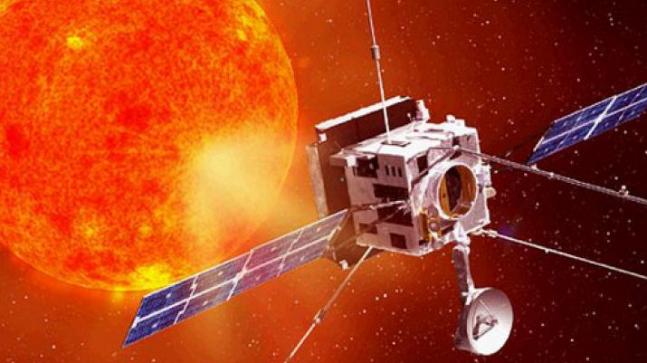ISRO has bigger plans after the launch of Chandrayaan-2 on July 14. The esteemed Indian space agency, International Space Research Organization, will launch Chandrayaan-3 by 2020. India will place a robot on the moon in its third moon mission. ISRO has booked itself several more dates in space in the next 5-7 years. Be it interplanetary missions or the first Indian manned spaceflight, ISRO plans to rock international headlines for many years to come.
ISRO, which has its headquarters in Bengaluru, will launch a solar mission by 2019-20 named Aditya – L1 for ‘comprehensive understanding of how solar flares originate and propagate.’ As per its website, “The Aditya-1 mission was conceived as a 400kg class satellite carrying one payload, the Visible Emission Line Coronagraph (VELC) and was planned to launch in a 800 km low earth orbit.”
ISRO also plans for Mangalyaan-2 or Mars Orbiter Mission 2, an interplanetary mission to Mars, the launch of which is expected to be 2022-2023 time frame. The government run agency is also working on sending three Indian astronauts to space by 2022, as part of India’s Gaganyaan project.
Another project conceived by ISRO and the American space agency NASA is NASA-ISRO Synthetic Aperture Radar (NISAR) mission. The two agencies will develop and launch dual frequency synthetic aperture radar (SAR) satellite by 2021. The project is expected to cost 1.5 billion dollars and will study natural disasters and environmental changes.
The next big project being envisaged by ISRO in collaboration with DRDO is Avatar or Aerobic Vehicle for Transatmospheric Hypersonic Aerospace Transportation. The mission aims to develop low cost military and commercial satellite.
ISRO also aims to launch Indian Venusian orbiter mission to study the atmosphere of Venus. As per the agency’s website, Surface/sub surface features and re-surfacing processes, Atmospheric Chemistry, dynamics and compositional variations, and interaction with solar radiation/solar winds were the broad areas of interest for the space agency.
ISRO is one of the most efficient space agencies in the world. It has uplifted the stature of India in the globe as a major space power. It has launched 103 spacecraft missions and 72 launch missions so far. The organization has also launched 10 student satellites for the purpose of educational welfare. The formidable space agency has helped the country to project soft power in neighboring countries by facilitating satellite launches. It has launched 269 foreign satellites of 32 countries including USA, Israel, Japan and many European countries and has a massive commercial capacity and the potential to compete with its foreign counterparts.
NDA government has always emphasized on increasing India’s prowess in space technology, with Prime Minister Narendra Modi keeping the Space portfolio under his own charge. In FY2013-14, UPA government allotted just 5,615 crore rupees for ISRO, the premier space agency of Government of India. The UPA government later revised the ISRO budget to 4,000 crore rupees in the same year. Modi government came to power in May 2014 and presented the new budget in the month of July and increased the government grant by 50 percent to 6,000 crore rupees.
In the interim budget 2019-20, the allocation to ISRO has reached to 10,252 crore rupees. On average the money allocated to the agency increased by more than 1,000 crore rupees every year under the Modi government.
India emerged as a major super power due to ISRO’s success. Indian space programme is among the most powerful in the world after US, China and Russia despite relatively low funds. ISRO is working on sending three Indian astronauts to space by 2022, as part of India’s ambitious Gaganyaan project and its expenses are expected to grow. The decision of Modi government to create a commercial arm called NewSpace India Limited, will empower India’s state run space agency to earn more revenue so that it becomes self-sufficient and embarks on more ambitious projects. The new programmes being launched by ISRO will make the country a hegemon in the field of space exploration.
